Entering into US session, Sterling is trading as the strongest one as supported by slightly stronger than expected wage growth. There could be some buying on expectation for the parliament to take over control on Brexit at a later stage, thus avoiding no-deal scenario. Technically, EUR/GBP’s break of 0.8728 minor support, which signals completion of rebound form 0.8617, also helps the pound elsewhere.
Swiss and Dollar follow as the second and third strongest as risk markets turn mixed. Eyes will be on US-China trade negotiations which will resume today. Ministerial meetings will start Thursday, working towards a trade MOU. On the other hand, New Zealand and Australian Dollar are the weakest ones today. Aussie is additionally weighed down by RBA minutes which showed much concerns on housing slump. Euro is the third weakest as German ZEW suggests there is no turnaround in the economy in first half at least.
In Europe, currently:
- FTSE is down -0.73%.
- DAX is down -0.22%.
- CAC is down -0.44%.
- German 10-year yield is down -0.011 at 0.105.
Earlier in Asia:
- Nikkei rose 0.10%.
- Hong Kong HSI dropped -0.42%.
- China Shanghai SSE rose 0.05%.
- Singapore Strait Times dropped -0.19%.
- Japan 10-year JGB yield dropped -0.0104 to 0.031.




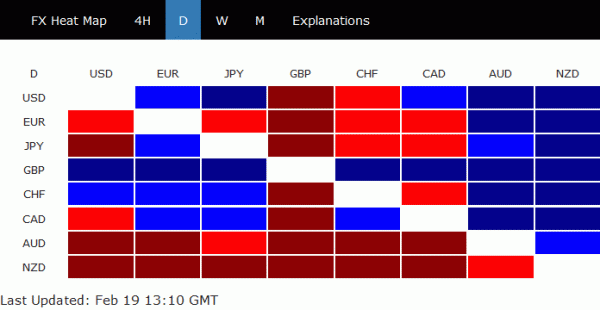
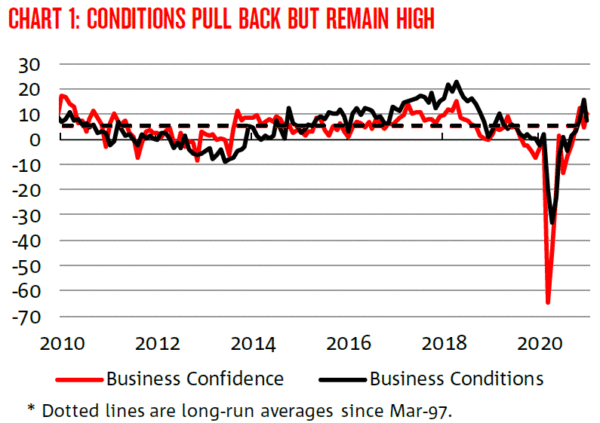
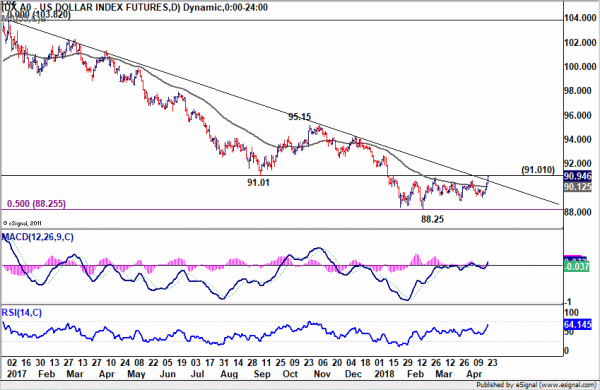
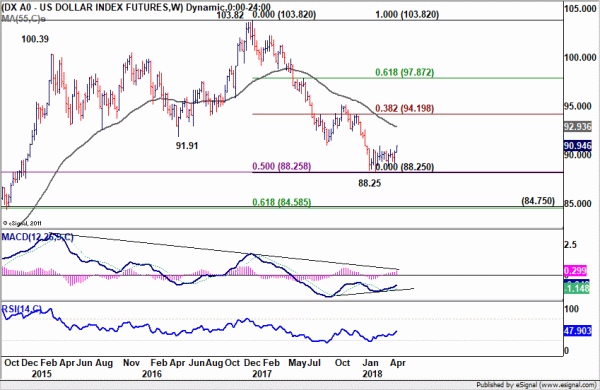
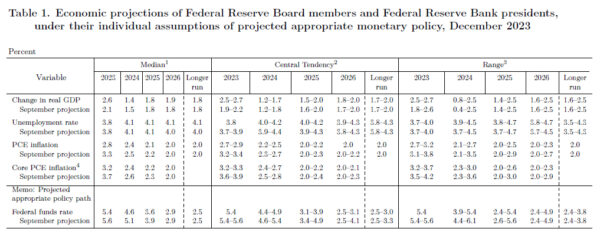
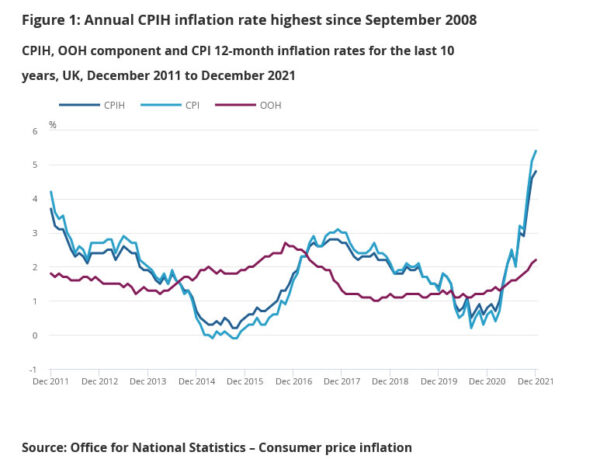
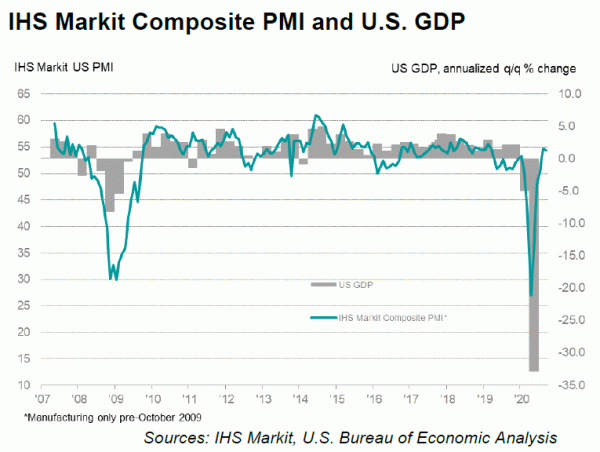
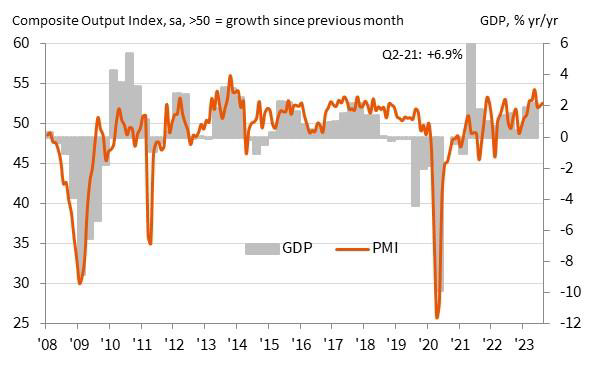
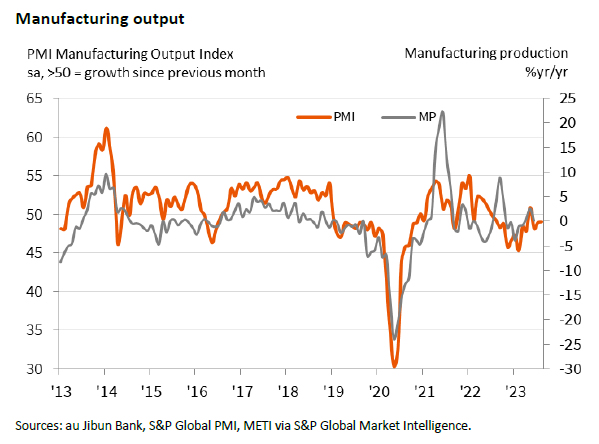
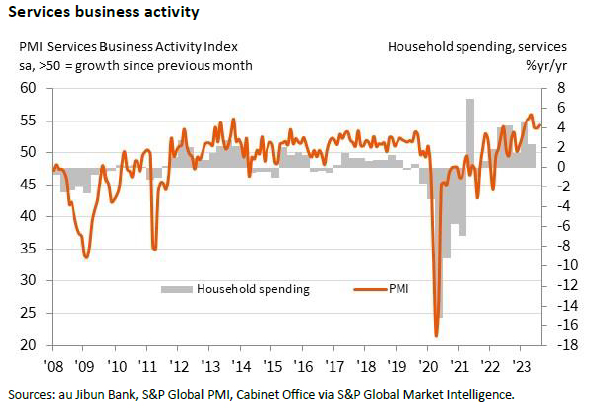
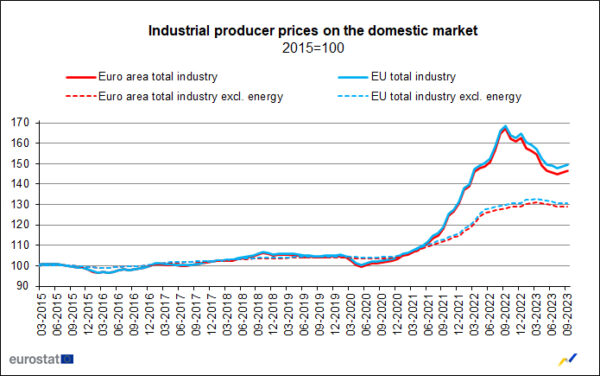
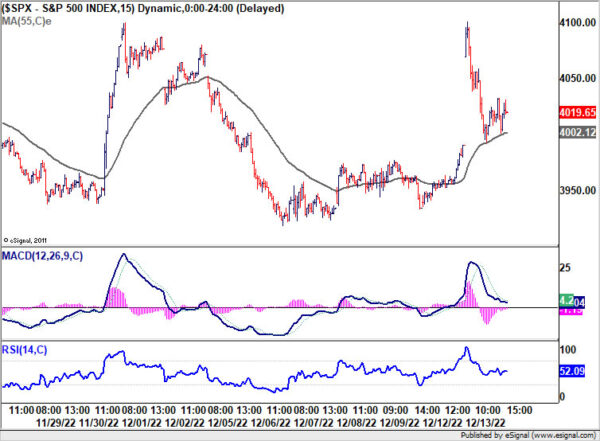
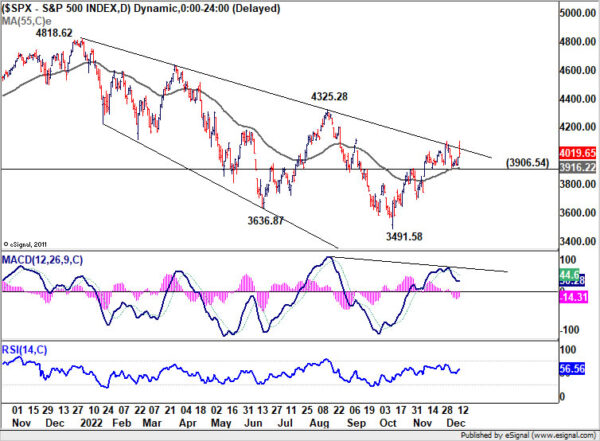
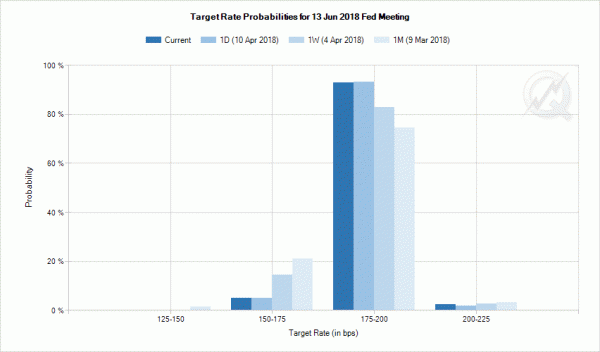
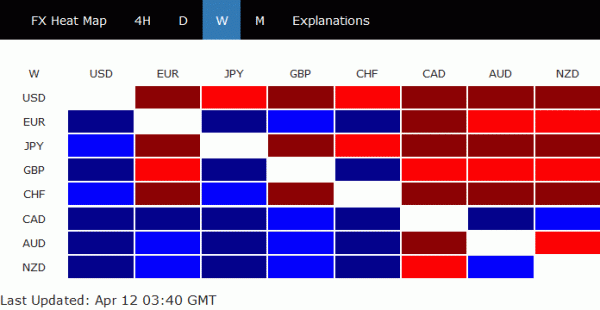
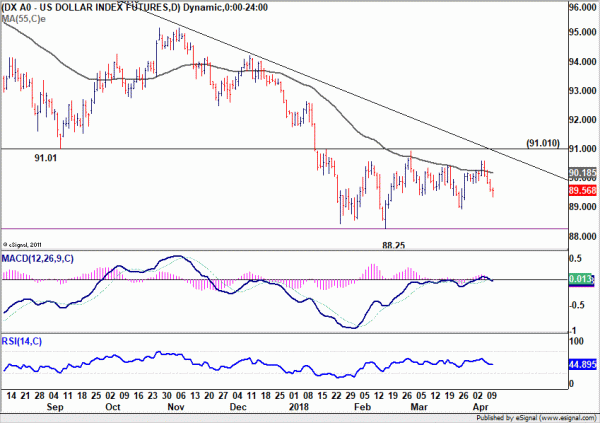
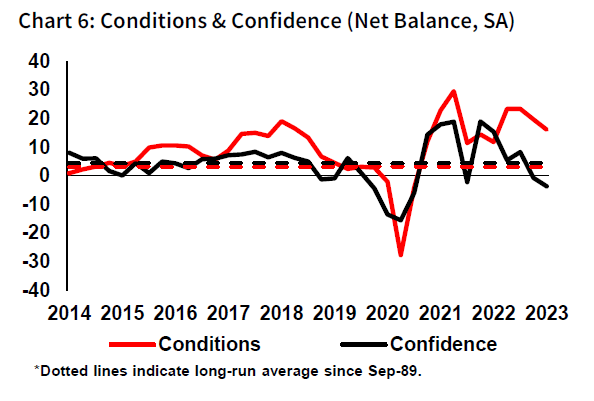
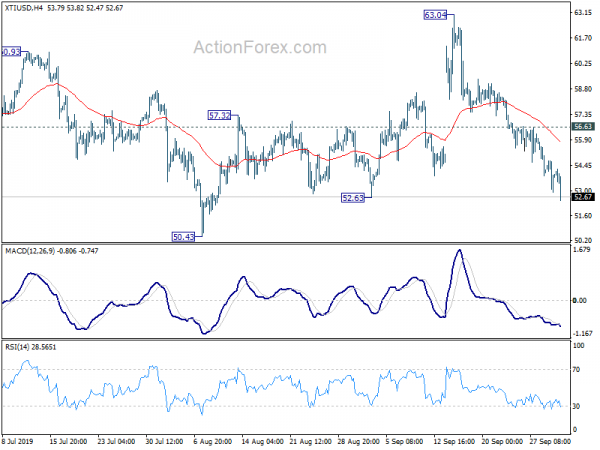
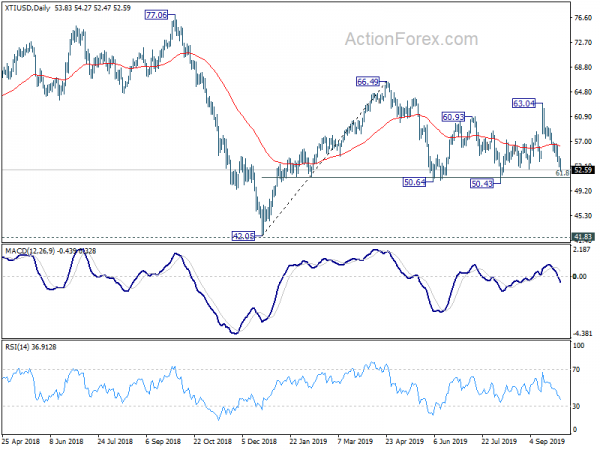
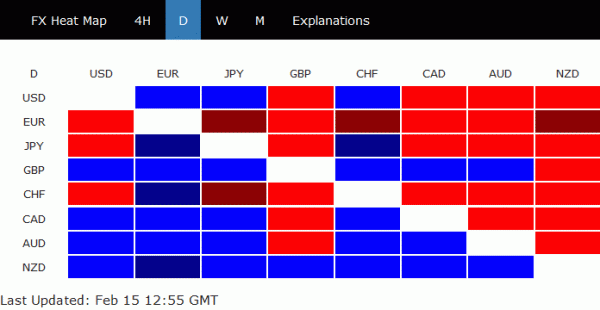
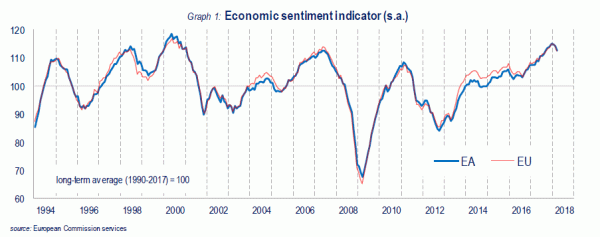
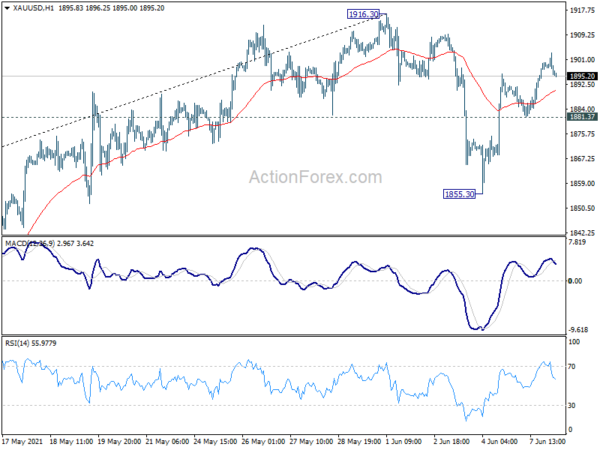
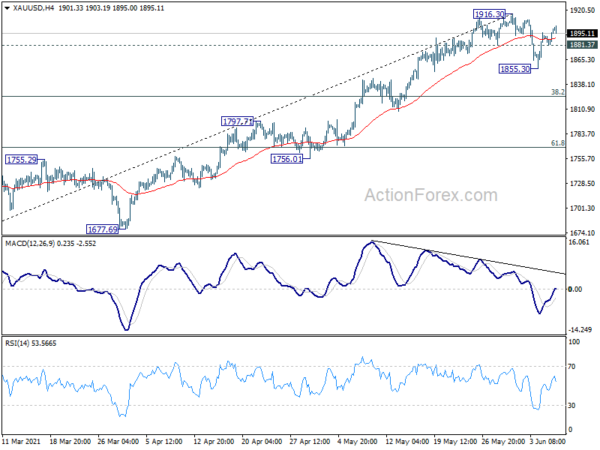

China agreed to continue trade negotiation with US, but warned of underestimating its determination
China indicated that it has agreed to continue negotiation with the US even though both sides have raised tariffs on either other imports. Chinese Foreign Ministry spokesman Geng Shuang said in a regular press briefing “my understanding is that China and the United States have agreed to continue pursuing relevant discussions.” But no detail was given on the way forward. Geng just said “as for how they are pursued, I think that hinges upon further consultations between the two sides.”
Additionally, Geng warned “we hope that the U.S. side does not misjudge the situation and not underestimate China’s determination and will to safeguard its interests.” China also typically denied any accusation of their backtracking. Geng said “you absolutely can’t put the hat on China of reversing positions and going back on one’s promises.”